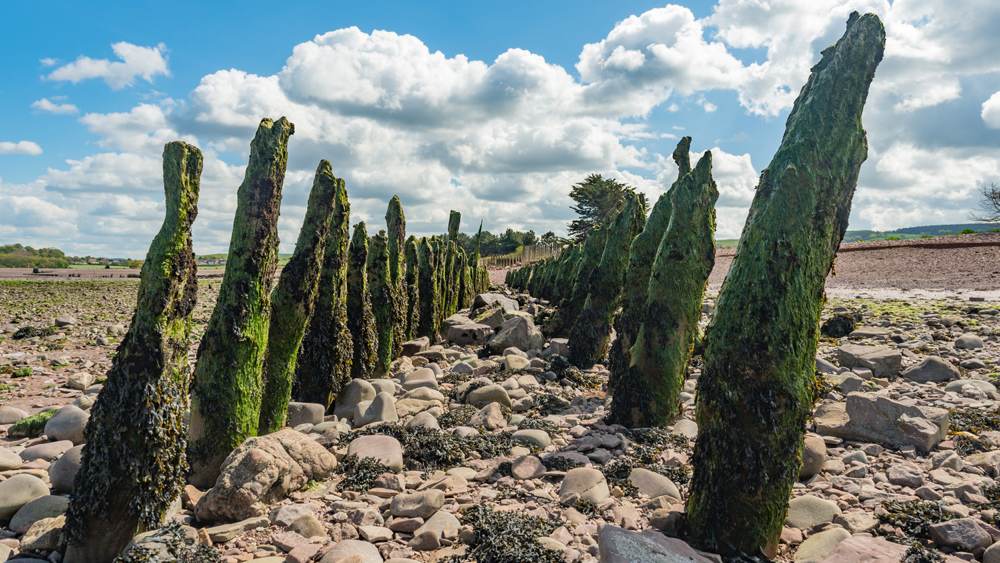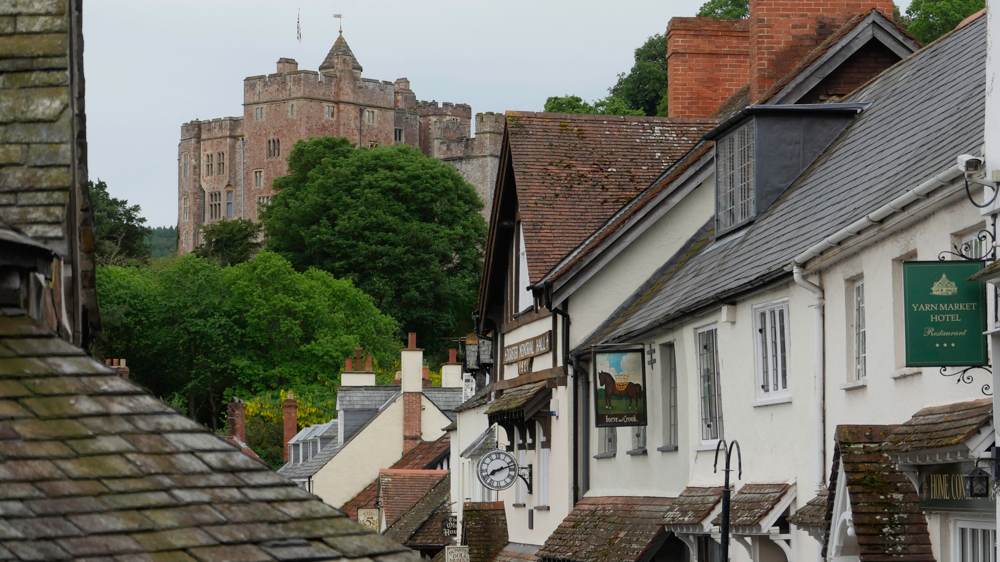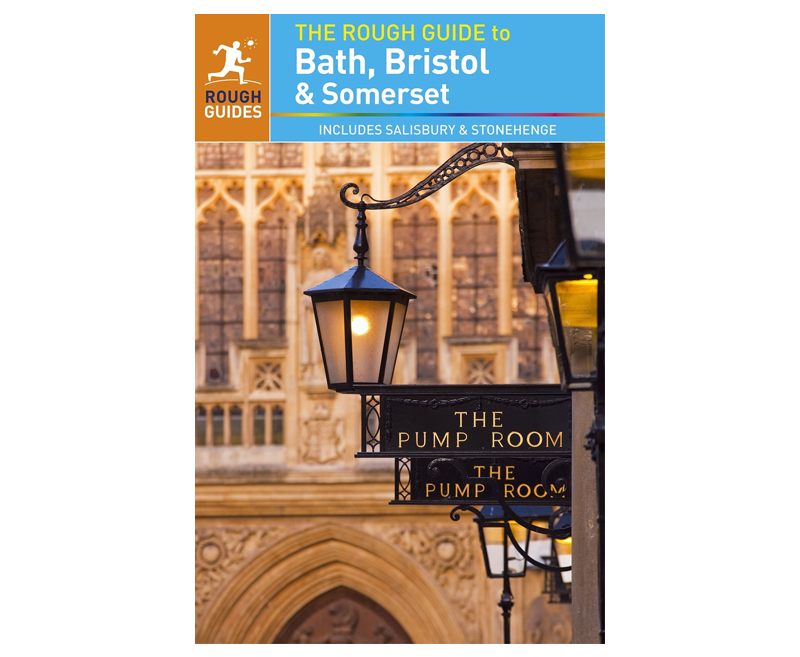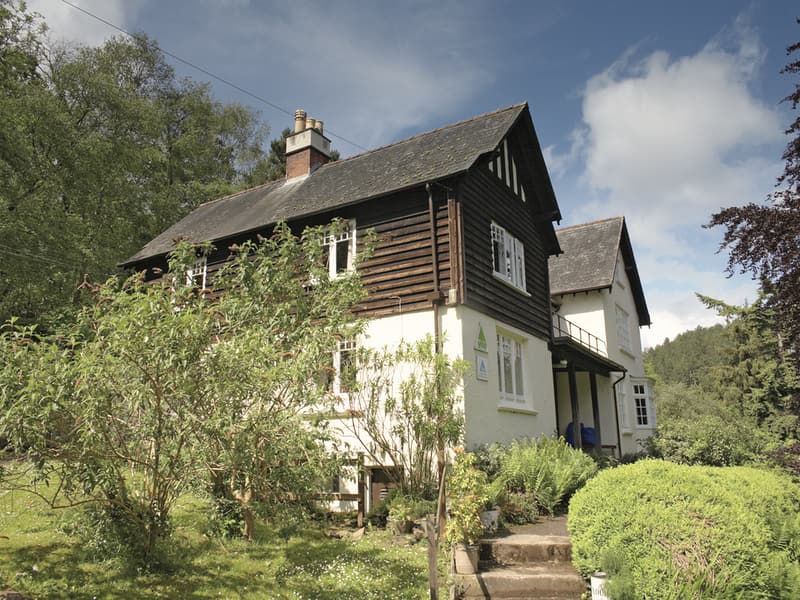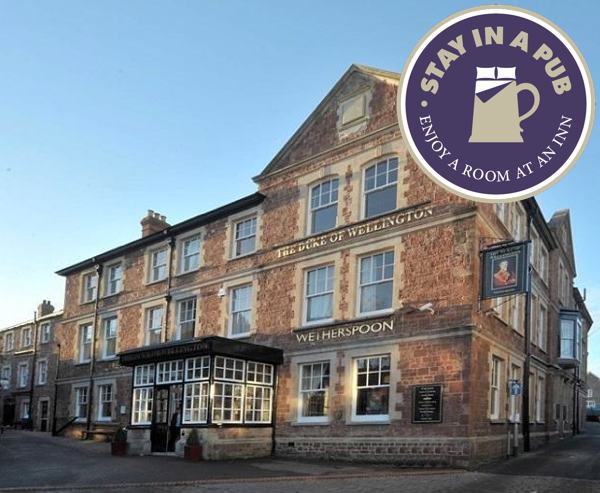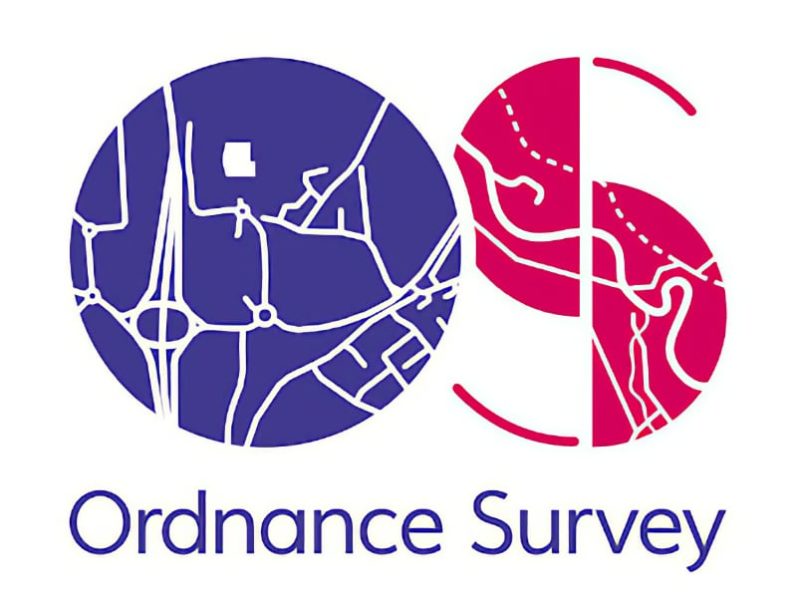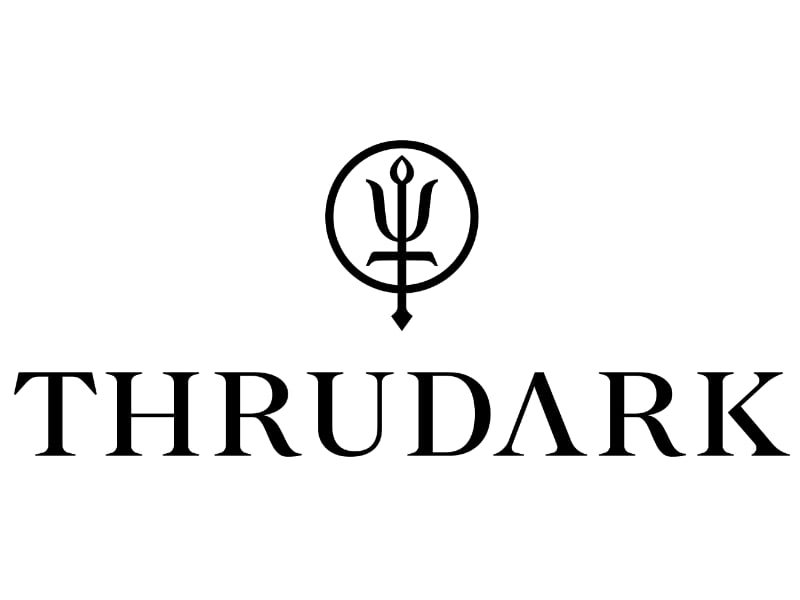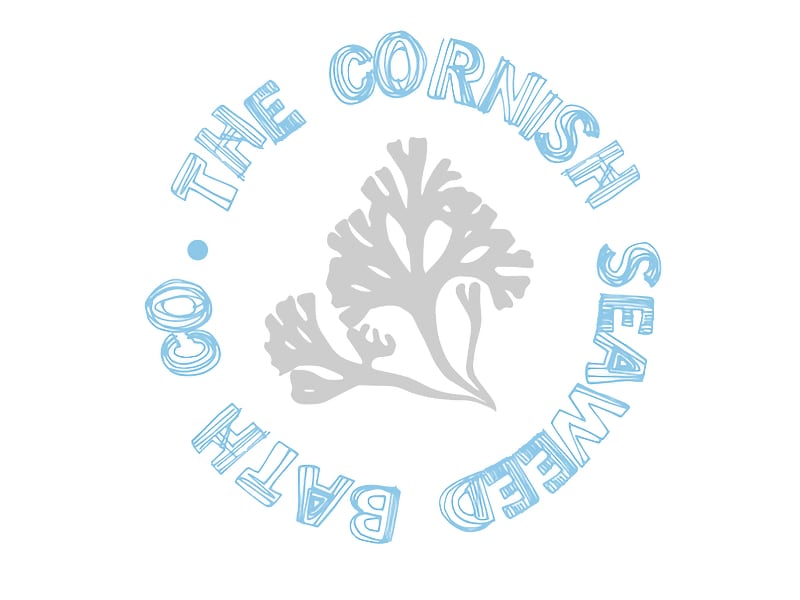Click to zoom …
Walk Details
Dunster originated as “Dunn’s Torre”, a craggy fortification overlooking the Bristol Channel which William the Conqueror gave to the powerful de Mohun family to build a castle to protect the coast.
In 1375 the feudal barony was purchased by the Luttrell family who owned the Castle until 1976 when it was gifted to the National Trust.
From Dunster Beach car park, walk in a westerly direction across the grass near to the shingle of the beach until you reach a gap in the fence (do not take the drive leading to the chalets). Follow ECP signposts and waymarks and walk across the grass area between the chalets and the beach keeping closer to the beach than the chalets. Note on the way a profusion of wild flowers, in season, most notably Evening Primrose and Biting Stonecrop.
Continue on this path for approximately 1km until you come to another gap in the fence.
Leave the ECP and turn left following the footpath signs for Dunster. The structures in front of you as you leave the coast path are Second World War “pillbox” defences.
Continue inland on this path, over the footbridge and walk until you come to a metal gate. Turn left onto the track and follow it until you reach a series of gates which take you through Lower Marsh Farm.
Keep on the enclosed path through the farm until you reach another track; you will pass The Old Manor on your right. The de Mohuns were the early feudal lords of an extensive barony and this manor was most likely that of one of their retained knights. The track becomes a road which you follow crossing West Somerset Railway line then Dunster Station on your left. Continue on Station Road, passing Sea Lane on your left, which becomes Marsh Street passing Bridges Mead and Bremis Road on your left. Bear left at Dunster Court passing the old Police Station and follow signs for the underpass leading to Dunster.
Continue through the underpass and follow signs to Dunster and the Castle. Exmoor National Park visitor centre is on your left heading into the village and contains much local information on the history and natural history of the area.
Dunster is one of the most romantic villages in Somerset, dominated by its Medieval Castle that was converted, in the C19th, to a luxury mansion for the Luttrell family. The town keeps its old world feel and behind many of the seemingly C18th and C19th facades lie cruck built medieval houses. The Yarn Market signifies the high importance in Somerset of the cloth trade where there were broadcloths called “Dunsters” and “Watchets”. The magnificent Luttrell Arms Hotel dates from the C16th and had its own brew house and oyster vats.
From Dunster go back down Dunster Steep passing the car park on your right until you get to the junction of Dunster Steep/A39. At the appropriate point, cross the road with care and follow signs for the underpass leading to Dunster Station and the beach, continue through the pedestrian subway under the A39. Consider, at this point, that medieval Dunster had its own port until the silting up of the River Avill led to the Luttrell’s adopting Minehead Quay in the C17th as their port.
At the end of the underpass bear right into Riverside Gardens and follow signs for the delightful Riverside Jubilee Walk (to Dunster Station and the beach). Continue on the Riverside Jubilee Walk and eventually you will cross the footbridge, turn left and follow the path to the gate which leads onto Sea Lane. Turn right and walk on the pavement passing Haven Close on your right. Continue on the road, crossing the West Somerset Railway line, until you reach Dunster Beach Car Park.
Car parks/toilets/visitor centre/refreshments/accommodation at Dunster. Car park/toilets/refreshments at Dunster Beach.
 Nearest Train (or tube) Station(s):
Nearest Train (or tube) Station(s):
Taunton

